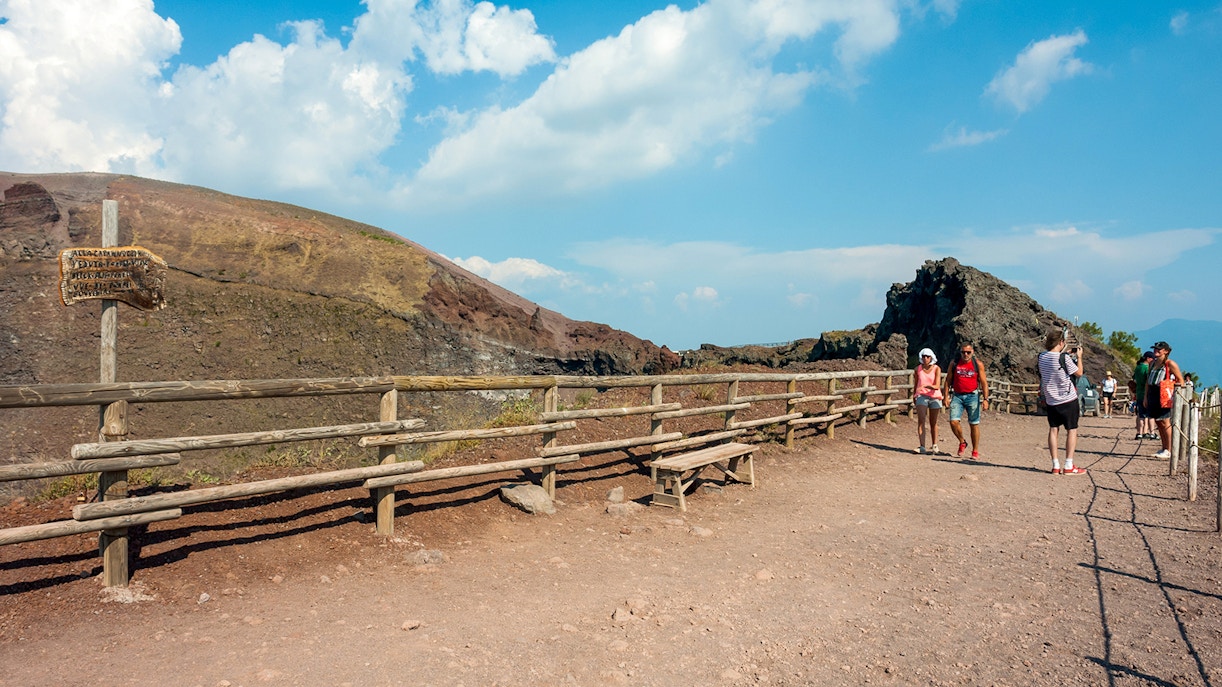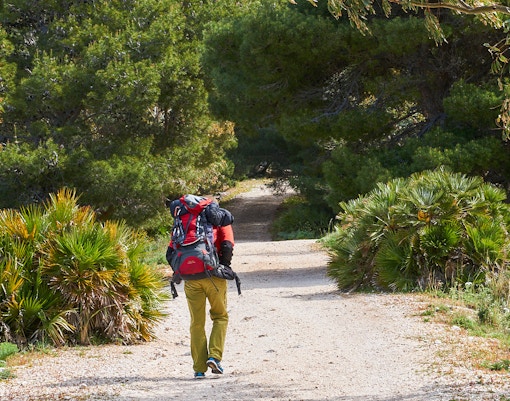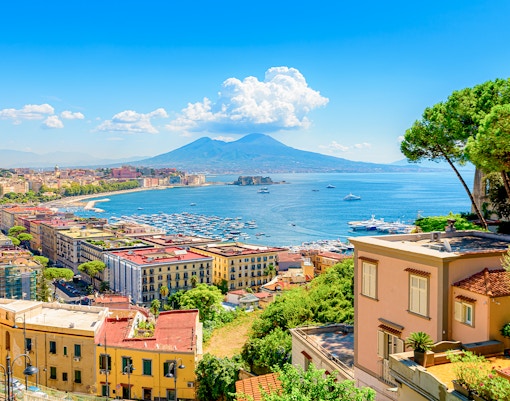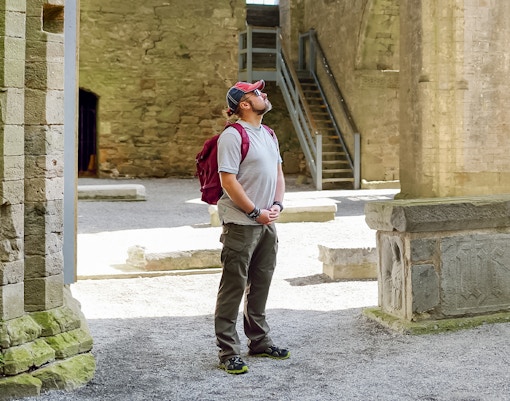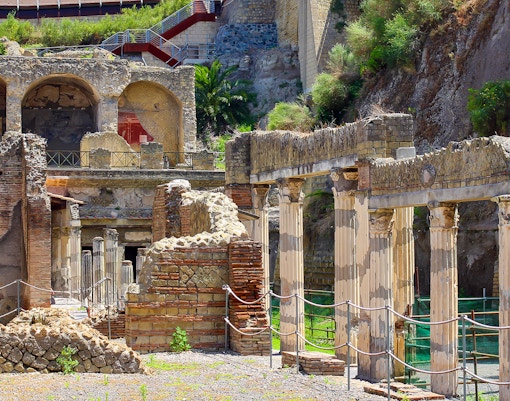- Experience the thrill of Mount Vesuvius: Imagine standing at the edge of the crater of one of the world's most famous active volcanoes. From this vantage point, you can peer into the depths of Vesuvius itself and enjoy sweeping views of the Campania region and even catch a glimpse of Lazio.
- Experience the beauty of volcanic landscape: Vesuvius National Park is a land of contrasts and wonders, where mineral-rich volcanic soil nurtures a vibrant array of plant life amidst dramatic, rugged terrain. The park's trails wind through a unique landscape, offering everything from dense forests to open meadows blanketed with colorful wildflowers like the striking red valerian. Whether you're hiking through ancient lava flows or taking a leisurely stroll along the lush countryside, you’ll experience a natural beauty that’s as diverse as it is captivating.
- Encounter rare wildlife: Wildlife lovers, rejoice! You'll spot rare butterflies fluttering around colorful wildflowers and maybe even catch a glimpse of majestic birds like buzzards and falcons soaring overhead. The park’s diverse habitats provide refuge for many species, making it a vibrant and dynamic ecosystem.
- Indulge in local flavors: Let's talk about food! The volcanic soil in this area nurtures some of the most delicious produce available. Savor the taste of the sweet Vesuvius apricots, sip the famous Lacryma Christi wine made from local grapes, or indulge in other delicacies that capture the essence of this rich land.
Why visit Vesuvius National Park?


